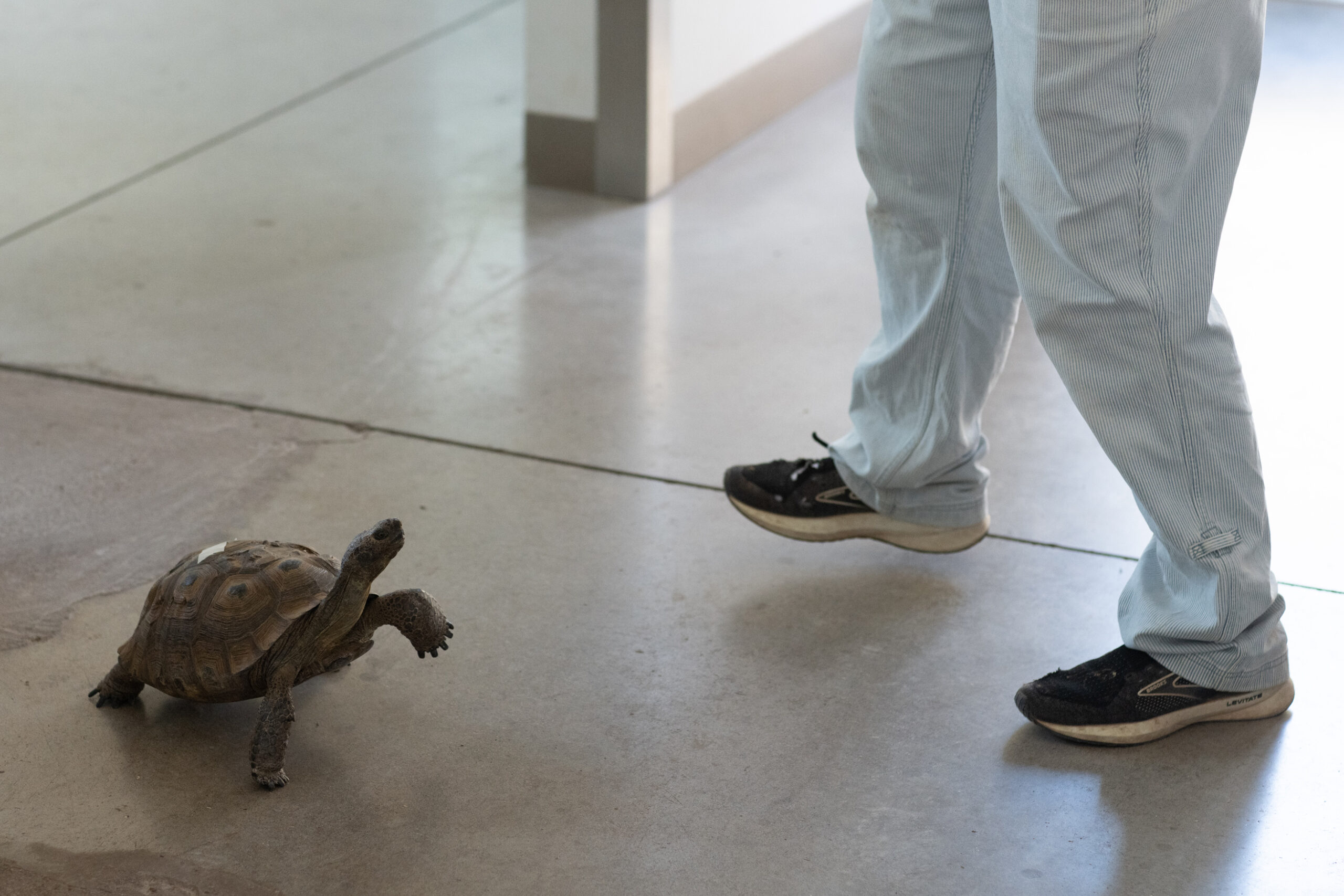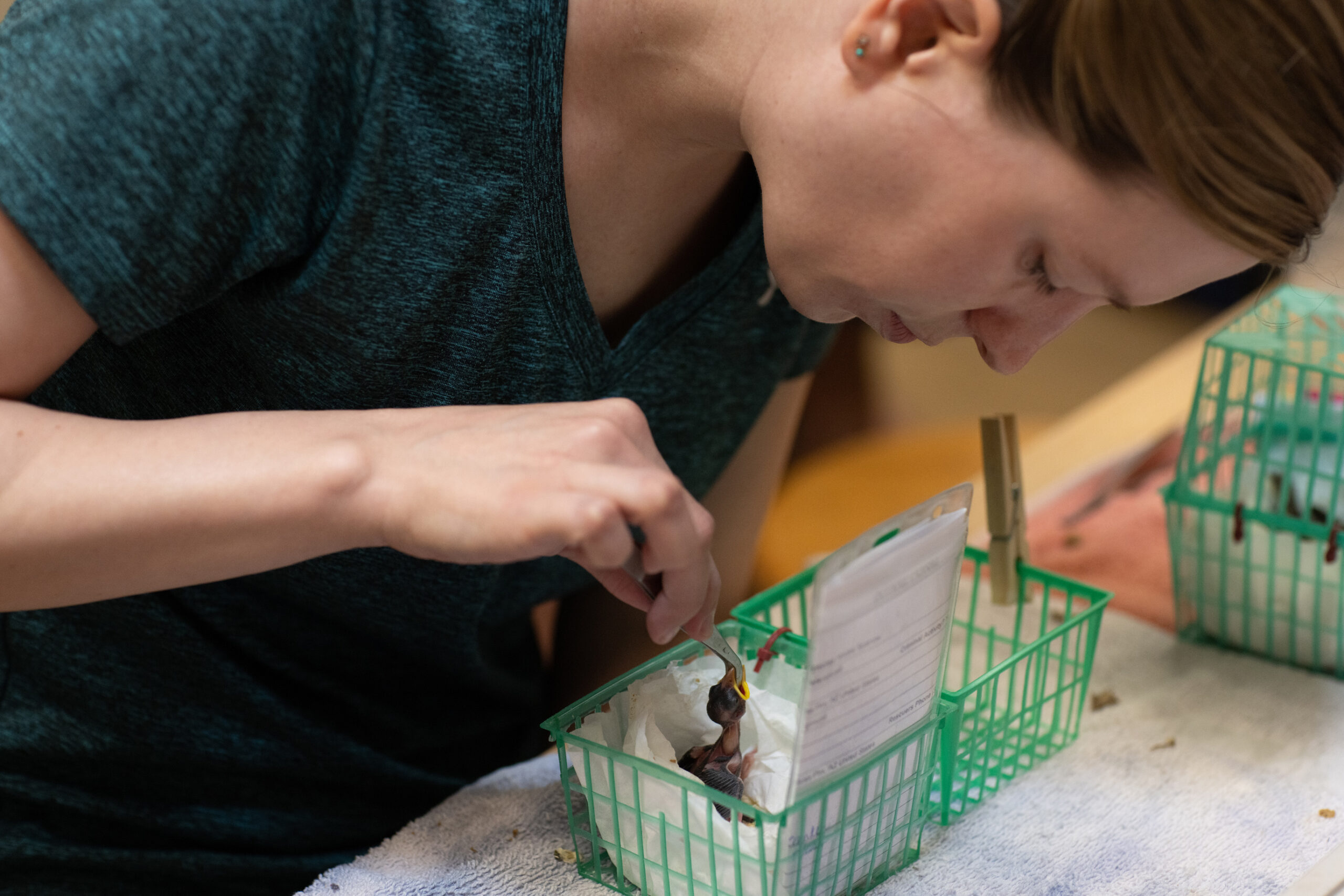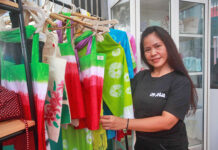PHOENIX (THE WASHINGTON POST) – Heather Mitchell drove 48 kilometres across Phoenix last week with the temperature above 43 degrees Celsius, sitting next to a cheeping baby grackle that had dropped from its nest. Someone had posted about the fallen bird to a neighbourhood group and Mitchell refused to let the tiny bundle of feathers die in the heat.
“I was like, ‘Okay, my husband’s home. He’ll take the kids. I’ll take the grackle,'” Mitchell told a volunteer manning the intake desk at Liberty Wildlife, an animal rehabilitation centre in Phoenix. The shelter has been a frenzy of activity this month during the record-breaking run of extreme temperatures that’s been taxing for humans and wildlife alike.
Mitchell’s great-tailed grackle was the 7,109th animal that the shelter has taken in this year – and more were lining up behind. Gila woodpeckers. Barn owls. Harris’s hawks. Mourning doves. Shelter staff members say the warm months of late spring into summer are the busiest time of the year, when many baby birds are born and learning to fly.
Executive director Megan Mosby calls this “orphan season,” the time when young birds are found on the ground for any number of reasons – stumbles, high winds, (and) collisions with window or cars. But stretches of extreme heat can add further strain to these birds and force some to fall from their nests, staff members say.
“A lot of them will just bail out or the parents will go, ‘It’s too hot,’ and they throw them out,” said Lane Seyler, a former bird keeper at the Phoenix Zoo who now volunteers at Liberty Wildlife. “It didn’t used to be this hot here. With all the pavement, the building, it doesn’t go down at night anymore, and it used to. It’s just extreme heat.”
Monday is expected to be the 25th straight day of temperatures above 43 degrees Celsius, a record for the city.
In this heat wave, pretty much every bird – or bunny, squirrel or raccoon – that arrives at the shelter is dehydrated and receives fluids from staff members. Arizona wildlife officials are delivering water throughout the state by truck and helicopter for animals in the wild. The shelter has asked the public to put out clean, shallow bowls of water to help birds find sustenance. Owls are making evening visits to swimming pools. Quail families are bathing in backyard fountains. Earlier this month, residents turned in a group of baby sparrows huddled under a dog’s water bowl.
“They’re trying to find any water source right now,” said Laura Hackett, the shelter’s wildlife biologist.

That scramble for water can contribute to birds drinking from dirty sources contaminated with a protozoa that leads to trichomoniasis, a disease that can impede a bird’s ability to swallow.
“That’s a real problem,” said Bob Fox, Executive Director of Wild at Heart, an Arizona-based non-profit group that rehabilitates raptors.
His organisation has taken in birds of prey found on the ground suffering from heat exposure and dehydration. At this point, they’re on pace to surpass the roughly 800 raptors they typically take in each year, he said.
“It’s very sad,” Fox said. “The heat has been very stressful on a lot of species all throughout the environment, especially with this extreme heat we’re undergoing right now.”
Liberty Wildlife, which sits on 6.5 acres south of Phoenix Sky Harbor International Airport, feels like a bustling modern hospital, with X-ray and surgery suites, triage and intensive care units – albeit a hospital where a Sonoran Desert tortoise with a dog’s teeth marks in its shell ambles down a hallway unbothered.

The tortoise, Alpo, had been brought inside to avoid the heat. Outside, volunteers have been hosing down birds in their enclosures twice each afternoon to keep them cool.
In the orphan care room, the cheeping from dozens of tiny beaks is insistent and unrelenting. This is where the babies come when they fall from their nests. Using tubes or tweezers, volunteers feed bits of crickets or meal worms, protein-infused nectar, or soaked cat food. Some need to be fed every 20 minutes.
“There’s so many of them,” Hackett said. “As soon as you think you’re done, the first one you fed is hungry again.”
One of those hungry mouths was a fledgling Inca dove that had grown enough to move to the outdoor enclosures but couldn’t take the heat one day last week. The local birds are well adapted to heat, even though they don’t sweat. They have various ways to cool themselves. They find shade or a damp spot. They puff their feathers and pant with open beaks. But this young dove was faltering and was brought inside for medical treatment and a bite of watermelon.

“He had heat exhaustion this morning,” said Kathleen Scott, the orphan care coordinator, holding the furry, palm-sized dove. “He’s perked up.”
Some 60 per cent of the animals received by the shelter will be released into the wild after they receive treatment.
After a run of high temperatures in early June last year, Liberty Wildlife saw a spike in intake numbers, reaching more than 150 new patients in one day, the most of any day that year. This year, those numbers are somewhat down, as the shelter is not accepting ducks, geese or waterfowl due to avian flu concerns. But the heat wave has made things particularly busy, as the breeding and fledgling season has coincided with extreme temperatures, Mosby said.
“It all adds up to wildlife needing extra help,” she said.
Hackett said the warming climate has not only made extreme temperatures more common but also extended the breeding season for some species of birds. She has noticed how barn owls, doves and other species are having babies twice and three times per year as winters get milder and warm temperatures last longer.
“We didn’t see that 10 years ago,” she said.

Wildlife shelters in other parts of the country have seen a spike in birds falling from their nests during heat waves, including during the run of historic temperatures in the Pacific Northwest in 2021.
Mitchell, a 33-year-old stay-at-home mom, heard about the downed baby grackle last week from a Facebook post of her neighbourhood group in the southern suburbs of Phoenix. Nobody seemed able to help. So she put the tiny black bird in a plastic box with a small blanket and drove it across town. It had a wing that seemed to be bothering it and it couldn’t yet fly.
“He was cheeping at me the whole way here and then he fell back asleep,” Mitchell told volunteer Yuki Nakai.
“You’re the neighbourhood hero for today,” Nakai said.
“I’m not going to let it just sit there in the heat,” Mitchell said. “I’m not going to let it die.”



















































